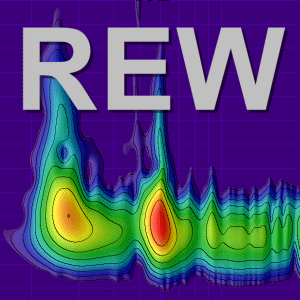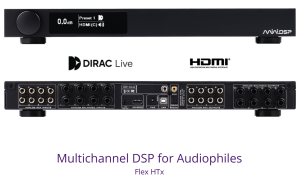I may be late to the game, but couldn't find anything posted about DATSv3 when searching the REW forum.
I've been using my DATSv3 with REW to measure impedance and Thiele-Small parameters on my Mac and posted a how-to guide on diyaudio a couple of years ago (see attachment). It's become even easier in recent versions of REW to setup and run calibration on the DATS. I much prefer REW to the DATS software (which was Windows only last I checked) and haven't looked back ever since. DATS+REW works just as well on Windows and Mac. BTW I really like the dual added mass feature.
Have a look and give it a try! If there's interest I can update the instructions for a more current REW version.
Thanks,
Olen
I've been using my DATSv3 with REW to measure impedance and Thiele-Small parameters on my Mac and posted a how-to guide on diyaudio a couple of years ago (see attachment). It's become even easier in recent versions of REW to setup and run calibration on the DATS. I much prefer REW to the DATS software (which was Windows only last I checked) and haven't looked back ever since. DATS+REW works just as well on Windows and Mac. BTW I really like the dual added mass feature.
Have a look and give it a try! If there's interest I can update the instructions for a more current REW version.
Thanks,
Olen












